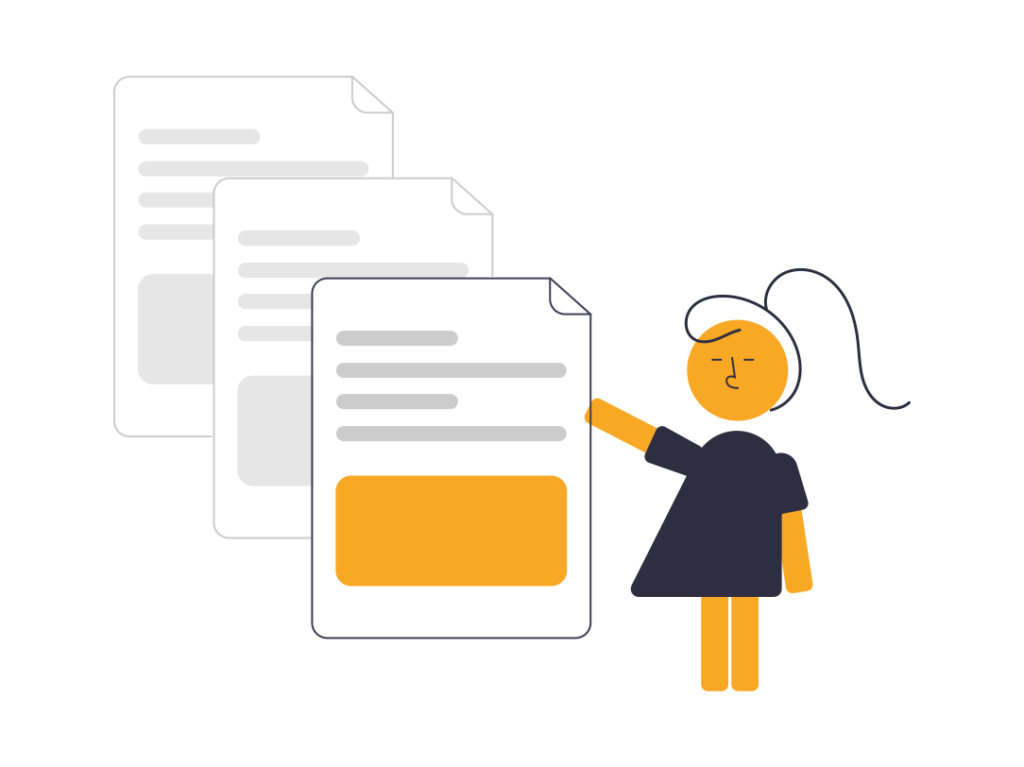gr · lesson 1
"Non verbal-visual communication"
Lesson summary
The idea for this lesson is not based on the school curriculum, it is not based on the course book. It is mainly based on my strong belief that vocational schools should prepare their students for their social and professional life. It is also my strong belief that making learning fun and meaningful is the key; students are more effective learners and are highly engaged when they are treated as co creators and producers of knowledge, when they share it with a valid wider audience and when they gain self confidence!
Nonverbal and visual communication is an innate part of human and social interaction and is a theme all students, regardless of their social background and learning abilities, can relate to. This lesson’s main objective is to go deeper and explore with all students how effective body language appears to be within the context of a job interview, to enhance the realization that communication is not only what is being said but also the way we express ourselves through non verbal tools, and to create a learning environment which will enforce the acquisition of verbal-nonverbal communication skills for becoming effective communicators, opening the classroom to the real world and connecting education with social and professional reality. Another essential aim is to help all students, including those with specific learning difficulties, prepare for a job interview while at the same time practicing cognitive and metacognitive skills, as well as creative and cooperative competencies.
Originally the activities of the lesson were designed using in the classroom worksheets, with activities based on photos, an article, and a video while at the same time introducing some use of digital media. My experience with the students was that they were very much interested in the topic and they were somewhat motivated, but I, as a teacher, felt the “AHA moment” was missing, mainly because students were not actively involved in a meaningful learning process, they were a passive audience, and they did not know the WHY.
The Agile framework and Miro board assisted in regenerating the learning process by building and organizing it in a much different way. The Agile framework, Miro, Lego Serious Play, Liberating structures and the use of contemporary digital tools and multimedia are implemented in the lesson in a new way, as a means of promoting an inclusive, experiential learning process during which students can cultivate flexible and realistic thinking and produce knowledge while creating and expressing themselves in a collaborative environment. The new methods and tools are very effective regarding also the cultivation of digital/media literacy and multiliteracy raising students’ motivation and empathy.
Within this context, there is a shift in the mindset and the roles, since now the teacher becomes a facilitator, a ubiquitous teacher, and the students become active contributors and creators of knowledge, through an interactive learning process. The status of the classroom also changes since it finally relates to the professional and social experience.
The whole lesson is designed to promote collaboration on Miro board in such a way as to present the students with an engaging learning experience, involving also flipped classroom activities. Students are given the opportunity to understand from the very first moment in a fun visual way the objectives and goals of the lesson,the whole lesson planning, what they will engage in, and what they will be able to do by the end of the lesson. The Backlog is issued into the design of the lesson, divided into Sprints, as well as Kanban cards, for a visual presentation of the “To Do” and “Done”.
In the warm-up activity, “Sailing the project” activity (the boat) is also used to sense the students’ energy and to put them on “play mode”. To further engage them, Liberating Structures (1-2-4all) are used in Sprint #2 and #3.
Cooperative learning is applied through Sprints #2, #3 and #4 (team values and roles are defined) with the implementation of agile teamwork, creative learning activities and contemporary digital tools (in one activity they even have a free choice of which digital tool to work with) along with retrospective activities such as presentation, evaluation and sharing of the final team product (spot and use best techniques for a successful job to create an interactive infographic) on a shared padlet and the school web page. This is a way to motivate the students to take ownership of their work and practise metacognitive skills by monitoring mistakes, evaluating task and learning strategies success. Students seem more motivated and eager since they share their work with an authentic audience feeling that the school classroom is finally connected with everyday real life and professional reality.
The final Sprint also includes a retrospective group LSP activity. To reflect on the acquired knowledge and skills as well as their thoughts and opinions, students use Lego bricks and figures to create visual metaphors of job interview candidate types (“The good, the bad and the ugly”– by the famous old western movie), which they present explaining the characteristic features of their figures. This LSP activity, although challenging at first, becomes a precious tool which facilitates decision making, creative thinking, and innovation and helps students relax and think with their senses in a collaborative and inclusive fun way.
Throughout the process students, even those with learning difficulties, are motivated, they relate to the theme and respond better. Learning becomes fun and is connected to experience. They enjoy the process and realize that they are all given the chance to participate and contribute while developing new skills, thus gaining self confidence and feeling that they can be active and can contribute to the learning process.






